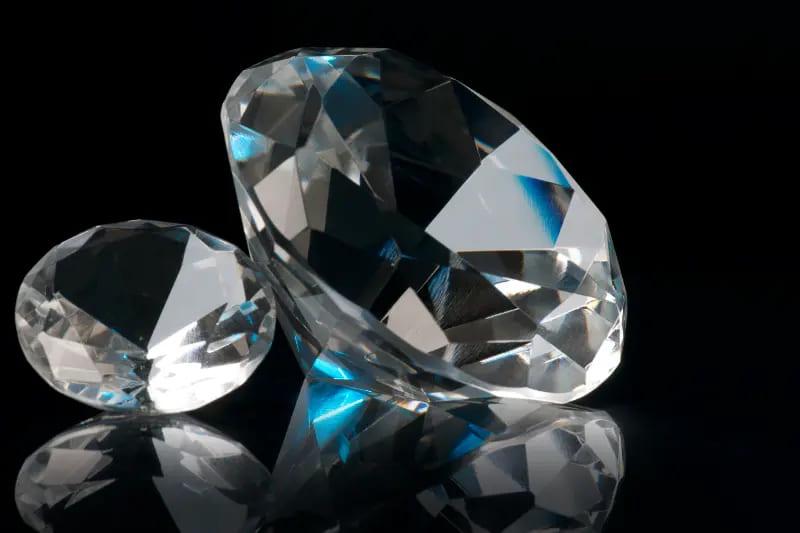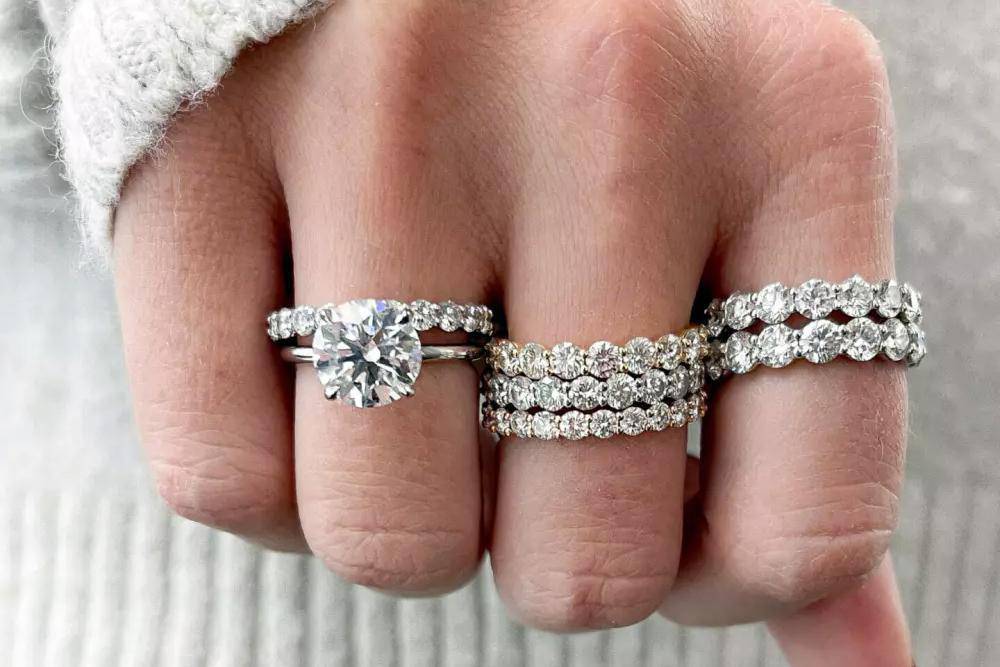Introduction
Diamonds have long been a symbol of love, dedication, and comfort. But beneath their glowing surface lies a murky history that frequently includes warfare, exploitation, and environmental damage. In latest many years, the term “blood diamonds” has come to represent those darker truths—diamonds mined in warfare zones and offered to finance armed battle against governments. In comparison, lab-made diamonds have emerged as a sustainable, ethical opportunity, imparting the identical bodily and chemical houses without the moral baggage.
As international clients turn out to be more conscious about in which their merchandise come from and the human cost attached, the diamond enterprise is present process a large transformation. This article explores the origins and consequences of struggle diamonds, the era and benefits of lab-grown gem stones, and how this shift is reshaping the complete jewelry marketplace.
What Are Blood Diamonds?
Also referred to as warfare diamonds, blood diamonds are mined in regions controlled by insurgent forces or insurrection businesses and offered to fund navy moves. These diamonds have been associated with civil wars in countries like Sierra Leone, Angola, the Democratic Republic of Congo, and Liberia at some point of the Nineteen Nineties and early 2000s. The effects were devastating: limitless lives misplaced, groups torn aside, and international locations plunged into extended chaos.
The 2006 film Blood Diamond, starring Leonardo DiCaprio, delivered this trouble into mainstream recognition. It dramatized the real-lifestyles atrocities related to the change and helped stress governments and enterprise stakeholders to behave.
The Kimberley Process: A Step Forward?
In reaction to mounting grievance, the Kimberley Process Certification Scheme (KPCS) became established in 2003. This worldwide initiative aimed to stem the go with the flow of conflict diamonds by means of requiring member nations to certify that their exports are warfare-free.
While the Kimberley Process has helped lessen the wide variety of battle diamonds entering the worldwide market, it is not with out flaws. Critics argue that loopholes, bad enforcement, and corruption have allowed blood diamonds to nonetheless make their manner into deliver chains beneath the guise of legitimacy. Furthermore, the definition of war diamonds under the KPCS is restrained to diamonds funding revolt moves in opposition to valid governments, ignoring broader human rights abuses or environmental destruction by using felony entities.
The Emergence of Lab-Made Diamonds
In evaluation to the dark legacy of blood diamonds, lab-made diamonds represent a destiny grounded in ethical sourcing, sustainability, and technological innovation. These diamonds are grown in excessive-tech laboratories the usage of certainly one of two methods: High Pressure High Temperature (HPHT) or Chemical Vapor Deposition (CVD). Both procedures reflect the herbal formation of diamonds beneath the Earth’s floor but in a controlled surroundings and inside weeks instead of tens of millions of years.
Importantly, those lab-grown stones are not imitations or simulants like cubic zirconia or moissanite. They are real diamonds—identical in atomic shape, look, and hardness to the ones mined from the earth. Even expert gemologists frequently want superior equipment to distinguish among the two.
Why Consumers Are Making the Switch
The call for for lab-created diamonds is growing regularly. In the United States by myself, they accounted for round 10% of the engagement ring marketplace in 2022, and that quantity continues to climb. Several elements contribute to this shift:
Ethical and Humanitarian Concerns
For socially aware customers, the selection is easy. Why threat supporting an enterprise with a history of violence and exploitation when there’s a cruelty-loose opportunity? Lab-made diamonds provide peace of thoughts, making sure your buy hasn’t contributed to human suffering.
Environmental Impact
Traditional diamond mining is notoriously dangerous to the environment. It regularly involves the removal of sizeable quantities of earth, contributes to deforestation, and results in ecosystem destruction. By comparison, developing diamonds in a lab requires extensively much less land and power, specially while renewable resources are used. Although now not completely impact-loose, lab manufacturing is some distance greater sustainable ordinary.
Affordability
On average, lab-created diamonds cost 30-forty% less than their mined opposite numbers of similar great. This makes them an attractive choice for customers who need a bigger or better-excellent stone with out exceeding their finances. The decreased value does not equate to reduced cost; these diamonds are similarly durable and wonderful.
How the Industry Is Responding
Traditional diamond giants have now not left out the developing hobby in lab-made gem stones. Major corporations like De Beers, once dismissive of lab-grown diamonds, have launched their personal lab-created collections, which include Lightbox Jewelry. This pivot indicates recognition that the market is evolving and that lab-grown diamonds aren’t a passing trend but a essential shift in client conduct.
Retailers are also adapting. Many jewelers now provide each mined and lab-created stones, giving customers the statistics and freedom to pick out based totally on their values and options.
The Role of Technology and Innovation
The increasing best and affordability of lab-made diamonds are because of improvements in generation. Early lab-created stones have been frequently yellow or brown because of impurities, however cutting-edge diamonds are honestly indistinguishable from natural ones in readability and shade.
Artificial intelligence (AI) and gadget learning also are gambling a function in enhancing manufacturing efficiency and quality manage. These technology make certain that lab-grown diamonds now not only meet however frequently exceed the expectancies of modern clients.
Changing Perceptions and Cultural Shifts
Traditionally, mined diamonds had been viewed as extra prestigious or “actual,” in large part due to a long time of advertising and marketing with the aid of mining conglomerates. However, attitudes are moving—in particular among younger consumers who prioritize ethics, transparency, and sustainability over outdated notions of cost.
Social media has amplified these changes. Influencers and eco-aware celebrities are openly endorsing lab-grown diamonds, helping to break down vintage stigmas and reshape cultural perceptions around luxury and romance.
Blood Diamonds, Lab Made Diamonds: The Consumer’s Choice
Ultimately, the communication around blood diamonds and lab made diamonds is ready greater than stones—it is approximately values. Consumers today are now not content to just accept the repute quo. They are demanding transparency, duty, and sustainability from the agencies they help.
By choosing lab-grown diamonds, customers send a effective message to the enterprise: that ethics and innovation remember. The upward push of artificial diamonds doesn’t just provide a purifier opportunity—it represents a broader movement towards conscious consumption across all sectors.
Conclusion
The glittering charm of diamonds not has to be tainted by way of conflict and exploitation. Thanks to technological advances and shifting societal values, lab-made diamonds offer a compelling and conscientious desire for modern-day customers.
While the scars left by blood diamonds are nevertheless restoration, a brand new era of transparency and ethics is dawning within the earrings world. Whether you are shopping for an engagement ring, a gift, or an funding piece, information the story in the back of your stone is more essential than ever. With lab-created gemstones, splendor, science, and morality sooner or later align—proving that the maximum valuable matters in life ought to come without a hidden fee.




